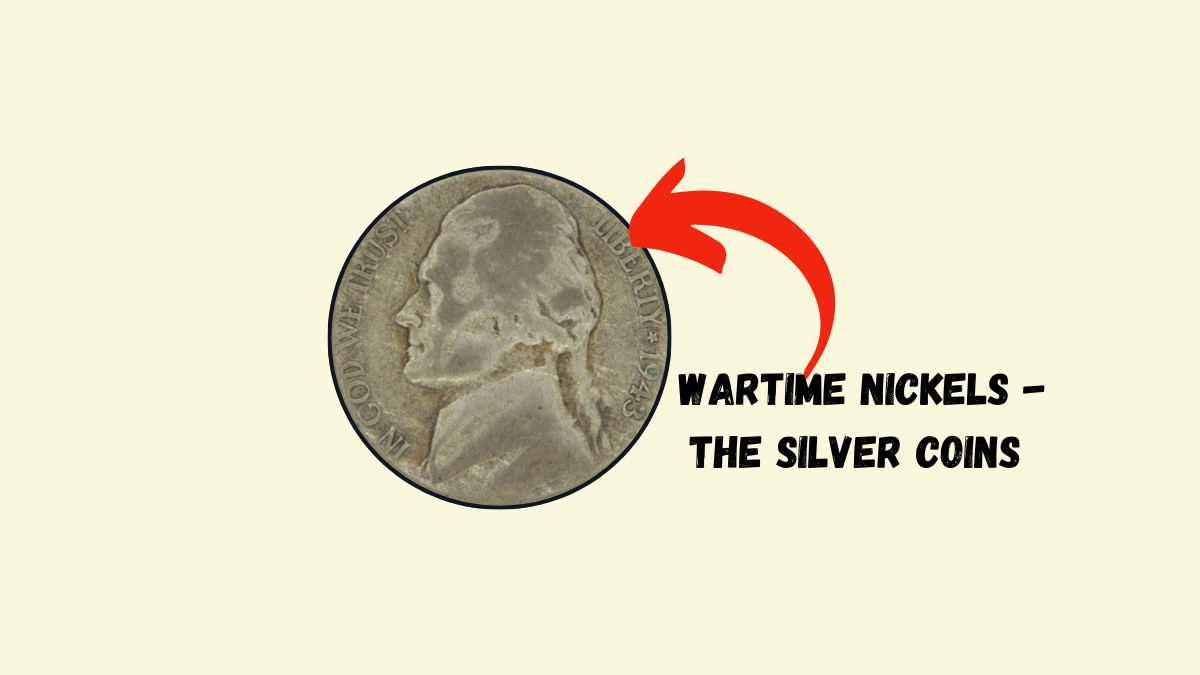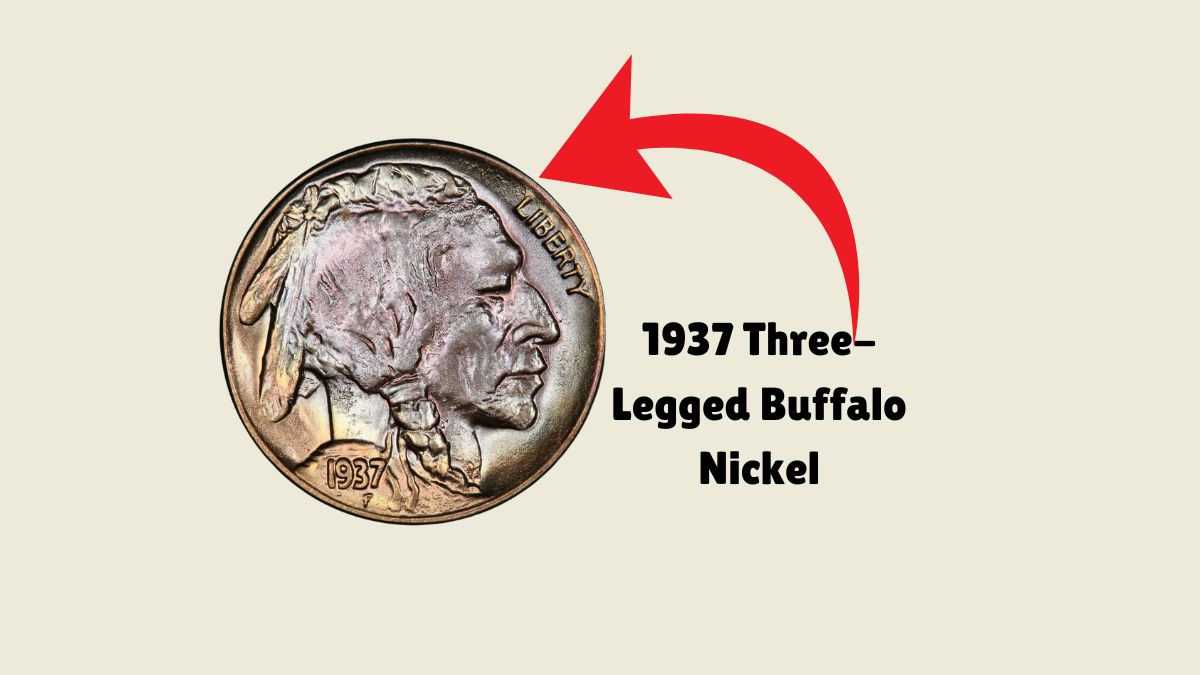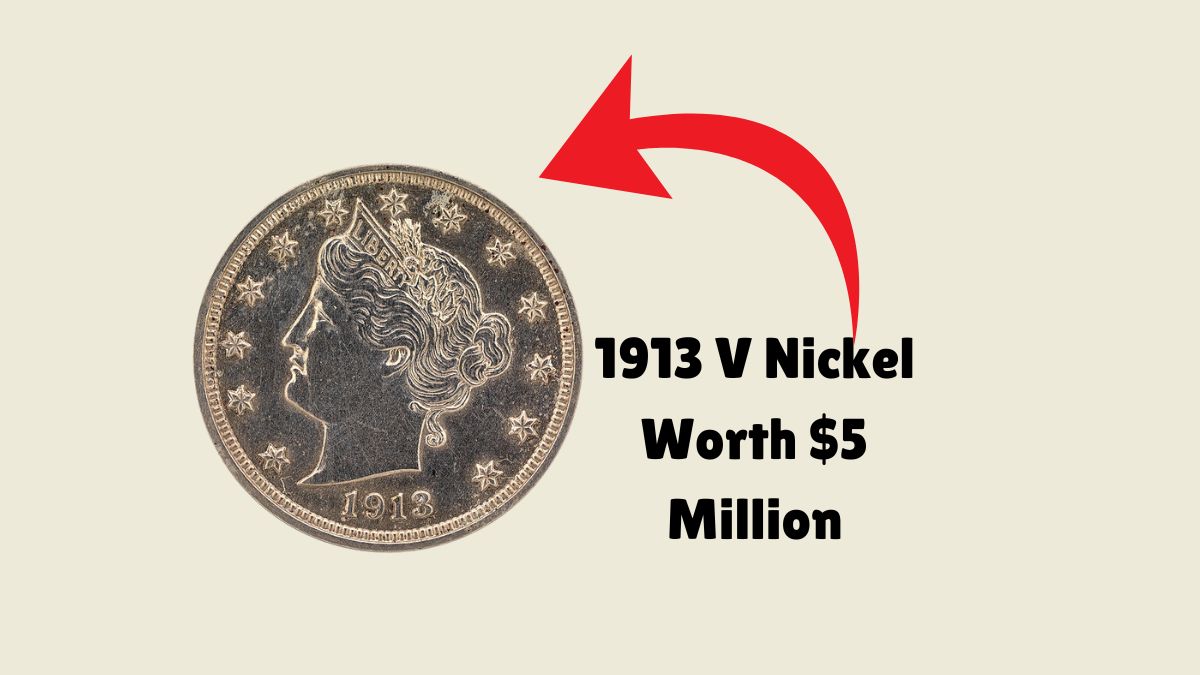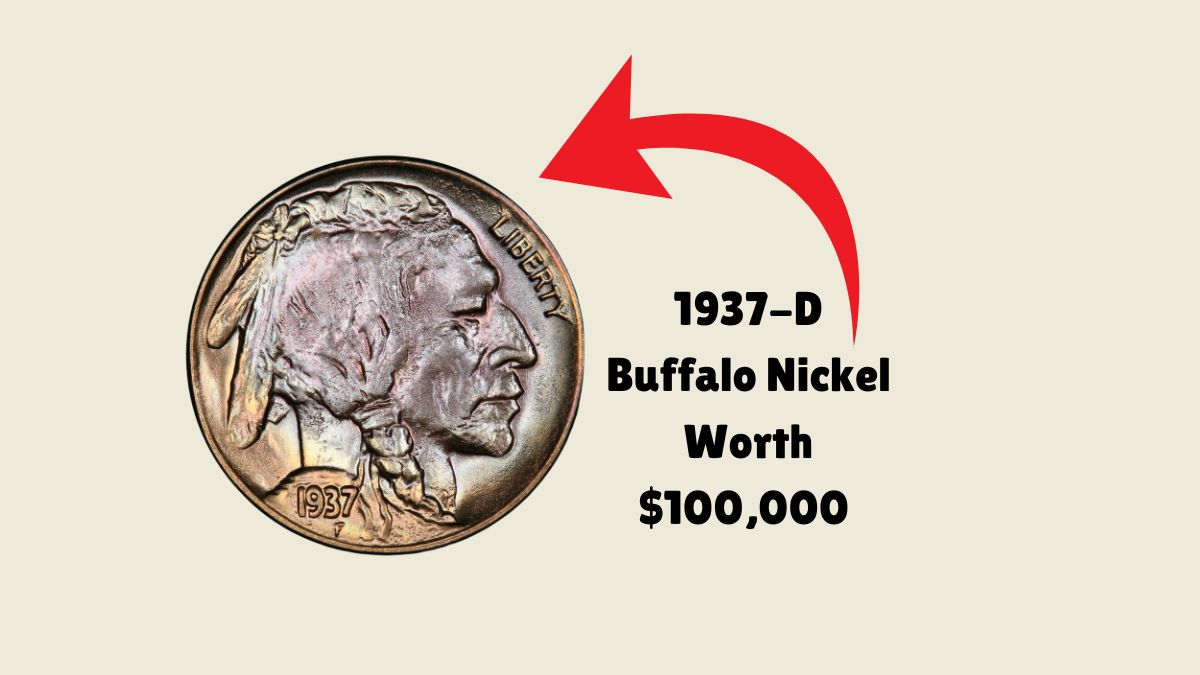During World War II, the United States faced a critical need for nickel, a metal essential for military manufacturing.
To conserve this resource, the U.S. Mint altered the composition of the five-cent coin, leading to the creation of the “Wartime Nickels” from 1942 to 1945. These unique coins, containing silver, hold a special place in numismatic history.
The Composition Shift in Wartime Nickels
Prior to 1942, nickels were composed of 75% copper and 25% nickel. However, the U.S. Mint changed the composition to 56% copper, 35% silver, and 9% manganese to reserve nickel for wartime needs.
This adjustment conserved nickel and ensured that the coins could still be used in vending machines and other coin-operated devices without issue.
Identifying Wartime Nickels: Mint Marks and Design Features
A distinctive feature of Wartime Nickels is the large mint mark positioned above Monticello’s dome on the reverse side. Notably, the Philadelphia Mint, which had not used a mint mark before, began marking these coins with a “P.”
This prominent placement was intended to facilitate easy identification and removal after the war, though many remained in circulation for years.
Mintage Figures of Wartime Nickels
The production numbers for Wartime Nickels varied each year and across different mints. Below is a table summarizing the mintage figures.
| Year | Mint | Mintage |
|---|---|---|
| 1942 | P | 57,900,600 |
| 1942 | S | 32,900,000 |
| 1943 | P | 271,165,000 |
| 1943 | D | 15,294,000 |
| 1943 | S | 104,060,000 |
| 1944 | P | 119,150,000 |
| 1944 | D | 32,309,000 |
| 1944 | S | 21,640,000 |
| 1945 | P | 119,408,100 |
| 1945 | D | 37,158,000 |
| 1945 | S | 58,939,000 |
These figures highlight the extensive production of these coins during the war years.
Collectibility and Value of Wartime Nickels
Wartime Nickels are popular among collectors due to their historical significance and unique composition. While they contain silver, their value is influenced by factors such as condition, rarity, and demand.
As of now, the silver content provides a base value, but well-preserved specimens, especially those with full steps on Monticello, can command higher prices in the numismatic market.
Notable Varieties and Errors in Wartime Nickels
Several notable varieties and errors exist within the Wartime Nickels series, adding to their appeal among collectors:
- 1943/2-P Overdate: This variety resulted from the application of hubs bearing different dates during the die-sinking process, leading to an overdate where the “3” appears over a “2.”
- 1943-P Doubled Die Obverse: On these coins, Jefferson’s eye appears doubled due to misalignment during the hubbing process.
- 1945-P Doubled Die Reverse: Some 1945-P nickels exhibit doubling on the reverse, particularly noticeable on the inscriptions.
These varieties are highly sought after and can significantly increase a coin’s value.
Preservation and Challenges of Wartime Nickels
The copper-silver-manganese alloy used in Wartime Nickels was prone to oxidation and lamination issues, leading to discoloration and surface imperfections over time. Collectors mainly prize coins that have avoided these issues and remain in excellent condition.
Conclusion
Wartime Nickels represent a fascinating chapter in U.S. coinage, reflecting the nation’s resourcefulness during World War II. Their unique composition, distinctive design features, and historical context make them a valuable addition to any coin collection.
FAQs
Why were Wartime Nickels produced with silver?
To conserve nickel for the war effort, the U.S. Mint replaced it with silver in the five-cent coins from 1942 to 1945.
How can I identify a Wartime Nickel?
Look for a large mint mark above Monticello’s dome on the reverse side; this feature is unique to Wartime Nickels.
Do Wartime Nickels have significant value?
While their silver content provides intrinsic value, coins in exceptional condition or with notable errors can be worth more to collectors.
What are some notable errors in Wartime Nickels?
The 1943/2-P overdate and the 1943-P doubled die obverse are among the most sought-after errors in this series.
Did all 1942 nickels contain silver?
No, only those minted later in 1942 with the significant mint mark above Monticello contain silver; earlier 1942 nickels retained the pre-war composition.




